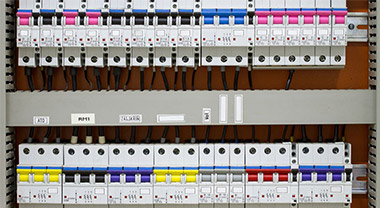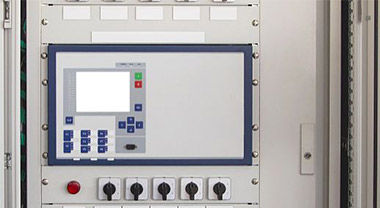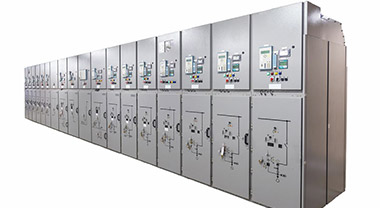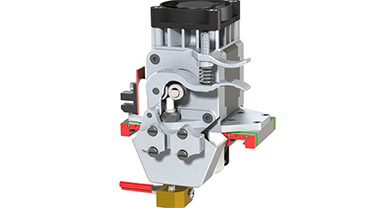How to find what is tripping my circuit breaker?
By:Nader Updated:August 17,2020 16:23PM



1. How to find what is tripping my circuit breaker?
A circuit breaker is an important safety mechanism. Designed to shut off the electrical current when something goes wrong, it's one of the best ways of protecting your home or equipments from an electrical fire.
What to do when your circuit breaker keeps tripping? Learn the proper way to figure out why the power keeps shut out.
At first, let's review some basics to help you understand what might be happening. Electricity from your local utility company runs through a cable directly to your breaker panel (service panel). From there, the electricity flows through individual circuits (a circuit is a wiring loop that starts and ends at the breaker panel). Each breaker you see in the panel has an ON/OFF switch and controls a separate electrical circuit in your home. When a breaker tripped, its switch automatically flips to the“OFF”position, and it must be manually turned back on in order for electricity to flow through the circuit again.
Second, test for circuit overload. A circuit overloads when more electrical current is being drawn through the wires than they can handle, causing them to overheat and trip the circuit breaker.
Last, investigate for a short circuit. A“short”circuit means that two wires that should not be coming in contact with each other are inadvertently touching. A short can occur in an outlet, a switch, or within an appliance if wires are loose or damaged by mice or pets chewing through them. When an electrical short occurs, it triggers a sudden surge of electricity through the wires, and the circuit breaker trips.
2. How to remove a circuit breaker from a panel box?
So easy, you can do it step by step base on the as follows;
One step: Shut off the branch circuit breakers one at a time.
Two step: Shut off the main circuit breaker.
Three step: Test all the wires with a voltage tester to make sure they're dead before proceeding.
Four step: Remove the panel cover.
Five step: Disconnect the wire of the breaker you're removing from the load terminal.
Six step: Carefully pry out the old breaker, paying careful attention to how it's positioned.
3. What causes a circuit breaker to trip?
When all the lights and equipments go dark or dead at the same time, it's because one of those circuit breakers has "tripped". These devices are designed to automatically shut off power to the circuit when problems occur. The "fix" is to reset the breaker lever to the ON position. In the case of circuit breakers, the immediate answer is to find the breaker that has tripped and reset the lever to the ON position.
But in order to avoid having it happen again, it is also important that you understand why the breaker has tripped. In rare cases, the breaker may be damaged and v. But in most cases, the breaker is just doing its job when it pops. Circuit breakers are designed to trip and are designed to blow and turn off the power when any of four dangerous situations occur. 4 Reasons are show: Overloaded Circuit, Short Circuit, Ground Fault, Arc Fault.
4. How to change a circuit breaker from 15 to 20 amp?
It's possible, but not advisable without a professional evaluating the situation. You should never just upgrade from a 15-amp breaker to a 20-amp one just because the current one is tripping. To help you understand why this is so dangerous, you need to know what the circuit breaker is for. Once we explain that, we’ll show you what’s causing that tripping problem.
A circuit breaker usually trips because of one of these issues:
Overloaded circuit- There are too many appliances on one circuits, or one of the appliances is pulling too many amps because it's overheating
Short circuit- This happens when a“hot”wire (black) touches another hot wire or a“neutral”wire (white). In other words, electricity is taking a shortcut in the circuit, skipping the appliance and causing the wire to overheat.
Bad, damaged breaker– The breaker itself is the issue and will trip no matter what you do.




